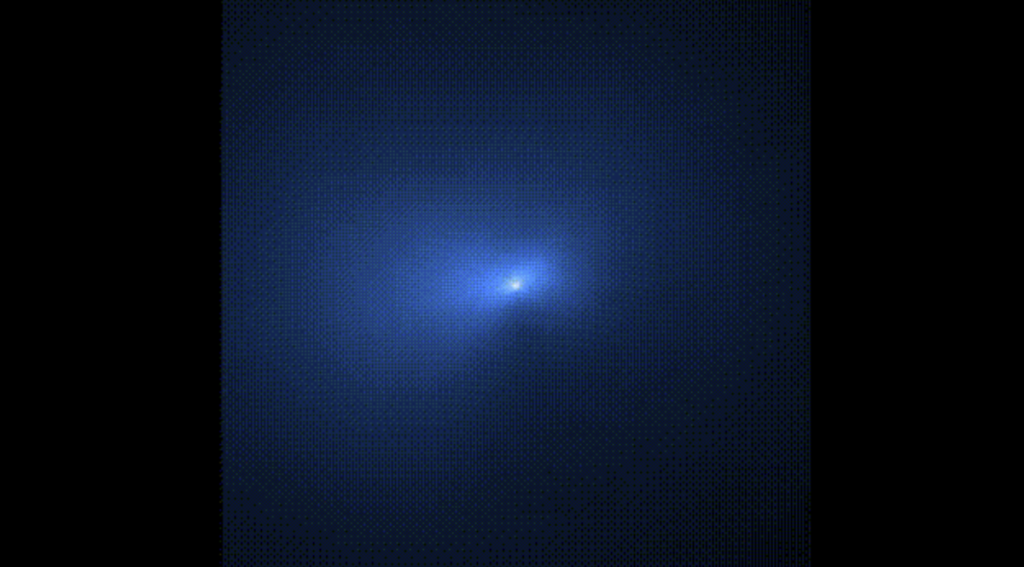The bet reflects Loeb’s confidence in the search and his belief that we’re on the brink of a breakthrough.
Others are reading now
With the U.S. government shutdown over, there’s growing pressure on NASA to release long-awaited images of 3I/ATLAS, taken over 40 days ago by the HiRISE camera aboard the Mars Reconnaissance Orbiter.
Captured in early October 2025, these images may hold crucial insights into the mysterious interstellar visitor, and the public is eager to see them.
A cosmic perspective on our place in the universe

Avi Loeb reflects on our fleeting existence on Earth, a planet orbiting a relatively young star in a galaxy filled with much older systems.
Our species’ understanding of the cosmos is limited, and only through humility and curiosity can we hope to uncover the universe’s deeper truths.
The problem with ‘experts’ and narrow thinking

Loeb argues that scientific progress is often hindered by rigid thinking. Comparing some experts to AI systems trained on limited datasets, he points out that comet scientists dismiss anything unfamiliar as just another comet, even when an object, like 1I/`Oumuamua or 3I/ATLAS, behaves in ways natural comets do not.
Why ‘dark comets’ don’t explain everything
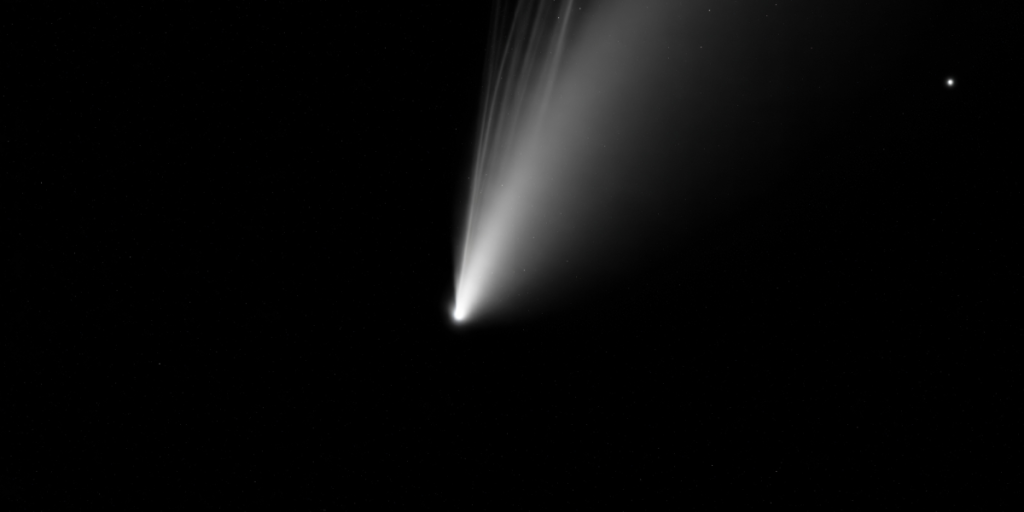
Also read
The term “dark comet” has been used to describe objects that show non-gravitational movement without typical comet features like gas or dust tails.
But Loeb notes that human-made objects, such as a spent rocket booster or Elon Musk’s Tesla Roadster, also exhibit such behaviour, hinting that some ‘dark comets’ might be technological in origin.
Seven mysterious jets, natural or not?

Recent images show seven jets coming from 3I/ATLAS, which comet experts claim are just sublimating ice.
But Loeb questions this, asking whether we should be considering alternative explanations, like the possibility of propulsion systems. He criticizes the scientific community’s resistance to thinking outside the box.
A better path through science, not ego
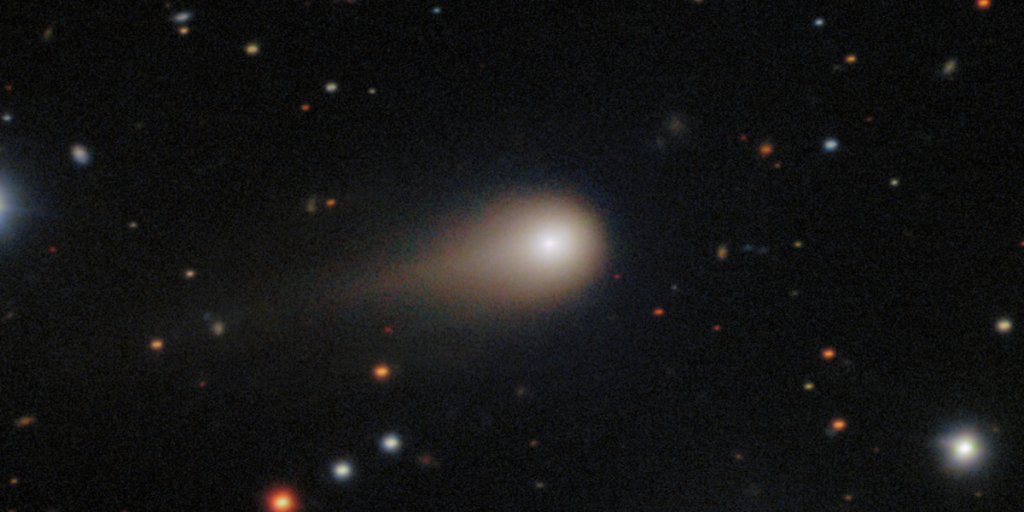
Loeb calls for a return to curiosity-driven science, free from the politics of reputation.
Also read
He urges fellow scientists to approach 3I/ATLAS not with fixed assumptions but with open minds, and to let evidence, not ego, shape our understanding.
What HiRISE saw from Mars — and why it matters

On October 2–3, 2025, NASA’s HiRISE camera captured detailed side views of 3I/ATLAS as it passed 29 million kilometers from Mars.
With a resolution of 30 kilometers per pixel, the data could provide valuable insight, if only it were made public.
Congress joins the call for transparency

Florida Congresswoman Anna Paulina Luna publicly urged NASA to release the HiRISE images, tweeting that scientific data should never be held hostage by politics.
Her plea reflects growing frustration over bureaucratic delays in sharing potentially groundbreaking information.
Public curiosity reaches new heights
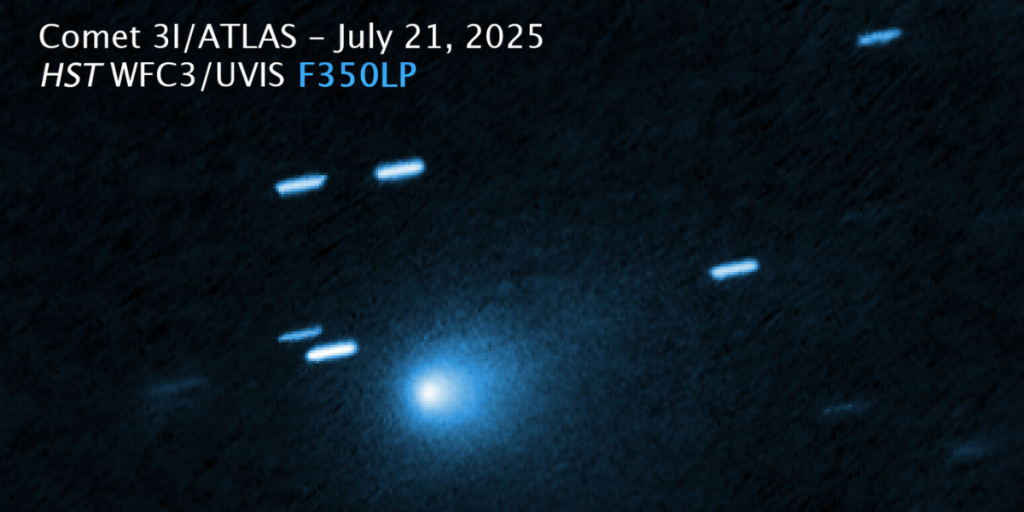
Also read
Interest in 3I/ATLAS is so widespread that even Loeb’s dishwasher repair call turned into a cosmic Q&A.
The customer service agent recognized his voice and immediately asked for the latest updates on the interstellar object, a telling sign of the object’s impact on public imagination.
A clearer view from Earth begins now
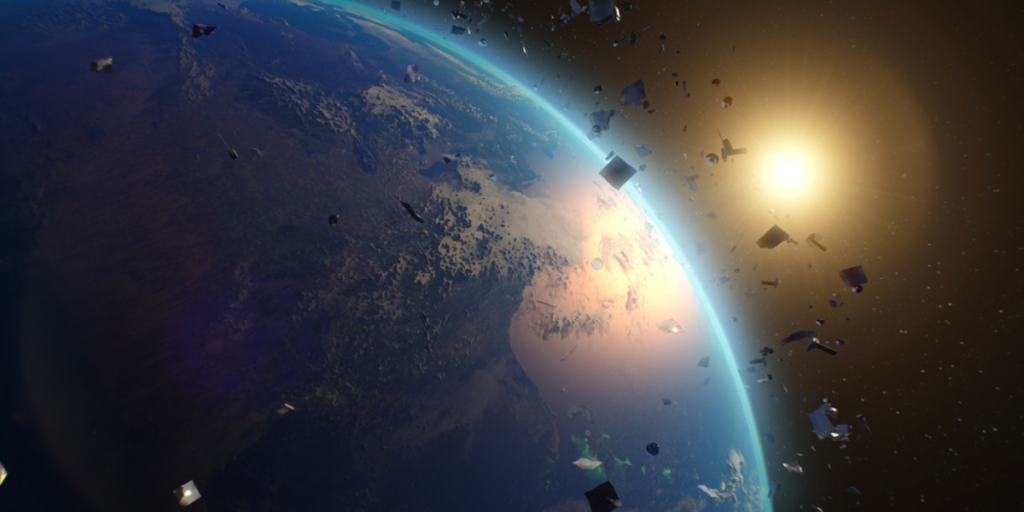
As of November 11, 2025, Earth-based observatories can once again track 3I/ATLAS.
Its angular separation from the Sun has grown past 30 degrees, making it easier to observe and study as it approaches its closest point to Earth on December 19.
A bold bet on extraterrestrial technology

Loeb has made a public wager with Michael Shermer of the Skeptics Society: that by the end of 2030, there will be irrefutable scientific evidence of a technological artifact from an alien civilization.
Also read
The bet reflects Loeb’s confidence in the search and his belief that we’re on the brink of a breakthrough.
Why the Galileo Project matters now more than ever

Backed by the launch of the Rubin Observatory and the construction of new Galileo Project sites, 2025 has marked a new chapter in the search for extraterrestrial technology.
Loeb believes that with billions of Earth-like planets out there, we have every reason to keep looking, and every tool to do it.
Hope and science go hand in hand

Loeb’s message is ultimately one of optimism: that believing in discovery helps drive it forward.
Whether or not 3I/ATLAS turns out to be artificial, the act of searching, questioning, and sharing knowledge is what binds us as a scientific community, and as humans looking up at the stars.
Also read
This article is made and published by Edith Hejberg, who may have used AI in the preparation

